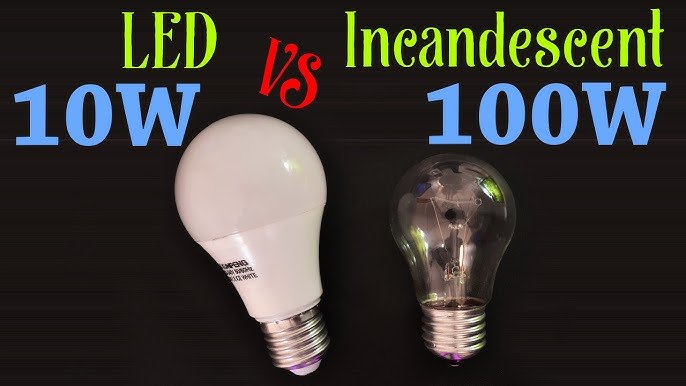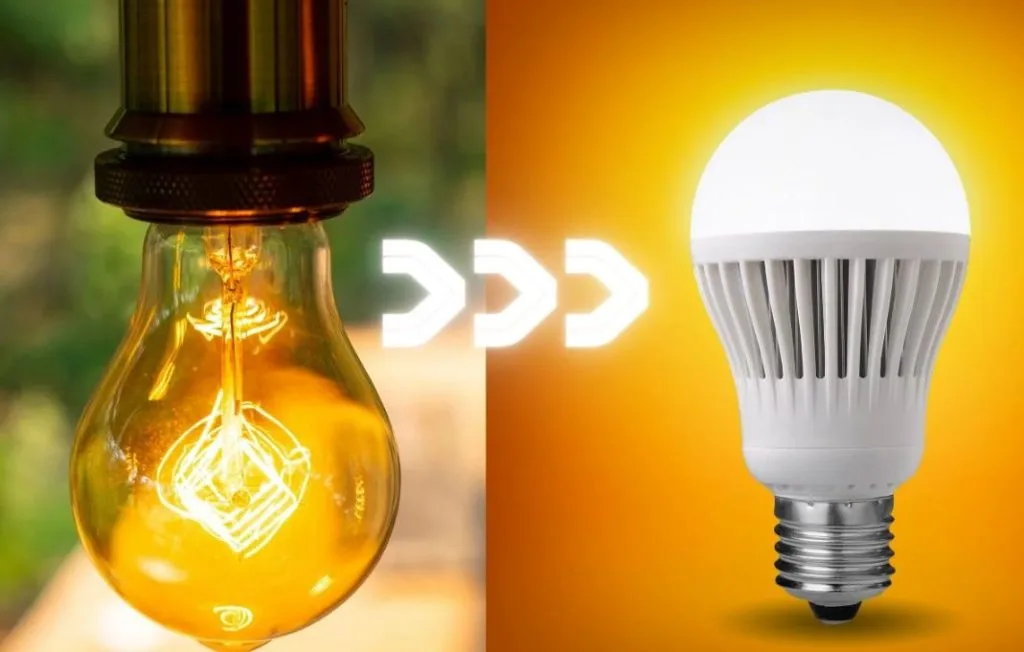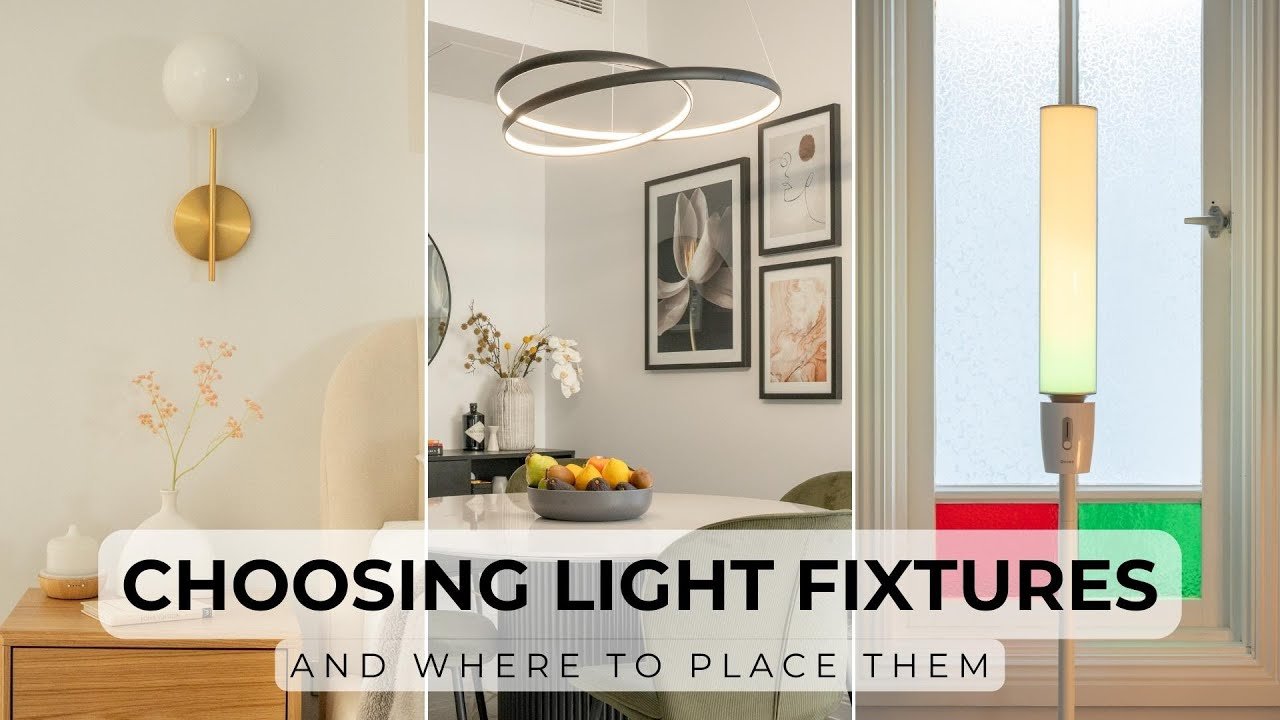Lighting plays a crucial role in creating the right ambiance in your home and workplace. When it comes to choosing the best lighting option, two types of bulbs stand out: LED (Light Emitting Diode) and incandescent bulbs. While both serve the same purpose, they differ in various aspects such as energy consumption, cost, and lifespan. Understanding these differences can help you make an informed decision on which lighting option best suits your needs.
Energy Efficiency
One of the most significant differences between LED and incandescent bulbs is their energy efficiency. Incandescent bulbs have been around for more than a century and work by heating a filament until it glows. However, this process wastes a significant amount of energy as heat, making them less energy-efficient. In fact, around 90% of the energy used by incandescent bulbs is released as heat, with only 10% being converted into light.
In contrast, LED bulbs are much more energy-efficient. LEDs use semiconductors to produce light, which allows them to convert a higher percentage of energy into light rather than heat. As a result, LED bulbs consume significantly less energy than incandescent bulbs, making them an eco-friendly option for those looking to reduce energy consumption and lower electricity bills.
Lifespan
When considering which lighting option is best, it’s essential to think about the lifespan of the bulbs. Incandescent bulbs have a relatively short lifespan, typically lasting between 750 to 1,000 hours. This means you’ll need to replace them more often, which can become expensive over time.
LED bulbs, on the other hand, last significantly longer. Depending on the brand and usage, LED bulbs can last anywhere from 15,000 to 50,000 hours. This long lifespan means fewer replacements, making LEDs a more cost-effective option in the long run. While LED bulbs may have a higher initial cost, their longevity makes them a better investment overall.
Light Quality
Both LED and incandescent bulbs can provide good light quality, but there are some differences in the type of light they emit. Incandescent bulbs produce a warm, yellowish light that many people find cozy and inviting. This type of light is ideal for creating a relaxing ambiance in living rooms, bedrooms, and other spaces where a comfortable atmosphere is desired.
LED bulbs are available in a wide range of color temperatures, from warm yellow to cool white. While some people may prefer the warm light of an incandescent bulb, LED lights can offer flexibility in lighting design. Whether you’re looking for bright, cool lighting for a workspace or soft, warm lighting for a living area, LEDs can meet those needs. Many modern LEDs are designed to mimic the warm glow of incandescent bulbs, making the transition to LED lighting easier for those accustomed to traditional lighting.
Cost
The initial cost of LED bulbs is typically higher than incandescent bulbs. Incandescent bulbs can be purchased for just a few dollars, while LEDs usually cost more upfront. However, due to their energy efficiency and longer lifespan, LED bulbs save you money in the long term. Because they consume less energy and last longer, you’ll spend less on electricity bills and replacements over time.
When calculating the total cost of lighting, it’s essential to consider both the purchase price and the operating costs. Although incandescent bulbs may seem cheaper at first, their high energy consumption and short lifespan make them more expensive in the long run.
Environmental Impact
If you’re concerned about the environmental impact of your lighting choices, LEDs are the clear winner. Because they use less energy, LED bulbs contribute to a reduction in greenhouse gas emissions. Additionally, LED bulbs contain no harmful materials like mercury, which is found in some other types of lighting, such as compact fluorescent lamps (CFLs). This makes LEDs a safer and more eco-friendly option.
Incandescent bulbs, on the other hand, are less energy-efficient and produce more carbon emissions due to their higher energy consumption. While they don’t contain harmful materials like mercury, their environmental impact is higher due to their excessive energy use and shorter lifespan.
Heat Emission
Another area where LEDs excel over incandescent bulbs is heat emission. Incandescent bulbs release a lot of heat, which can contribute to the overall warmth in a room, especially during the summer months. This excess heat can increase the workload on your air conditioning system, leading to higher cooling costs.
LEDs, however, emit very little heat. This makes them ideal for use in areas where heat can be a concern, such as in kitchens or near electronics. Additionally, the reduced heat output of LEDs helps to prolong the lifespan of the bulb itself.
Durability
LED bulbs are more durable than incandescent bulbs. Incandescent bulbs are fragile and can break easily if dropped, which makes them less practical in high-traffic areas or homes with young children. LED bulbs, on the other hand, are solid-state lights, meaning they are more resistant to shock and vibrations. This makes them a safer and more durable choice for many environments.
Conclusion
When deciding between LED and incandescent bulbs, it’s important to consider factors such as energy efficiency, lifespan, light quality, cost, and environmental impact. While incandescent bulbs have a classic appeal due to their warm light, LED bulbs offer superior energy efficiency, longer lifespan, and greater flexibility in light quality. They may have a higher initial cost, but their long-term benefits far outweigh the initial investment.
For those looking to reduce energy consumption, save on electricity bills, and contribute to a more sustainable future, LED bulbs are the better choice. They provide high-quality light, are available in various colors and temperatures, and are a smart investment for both your wallet and the environment.


